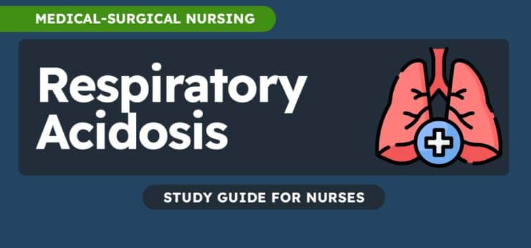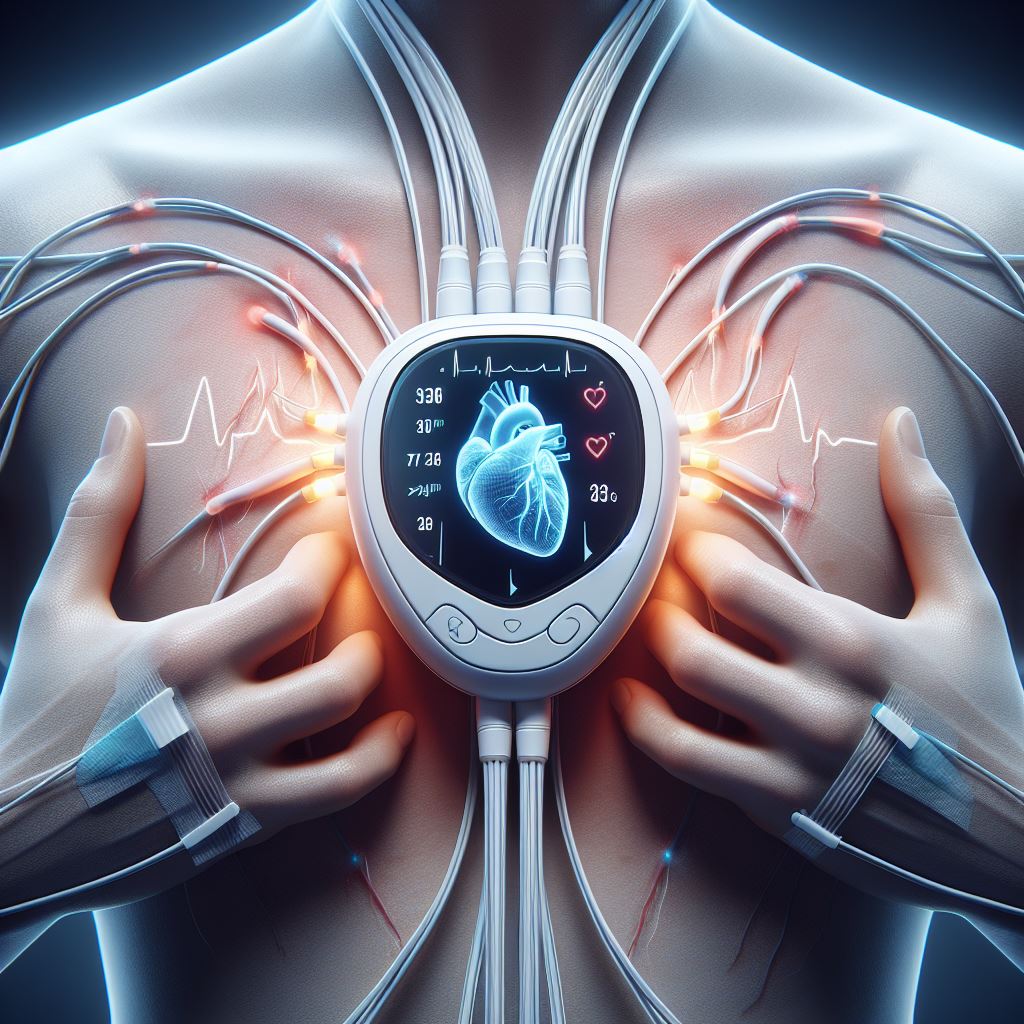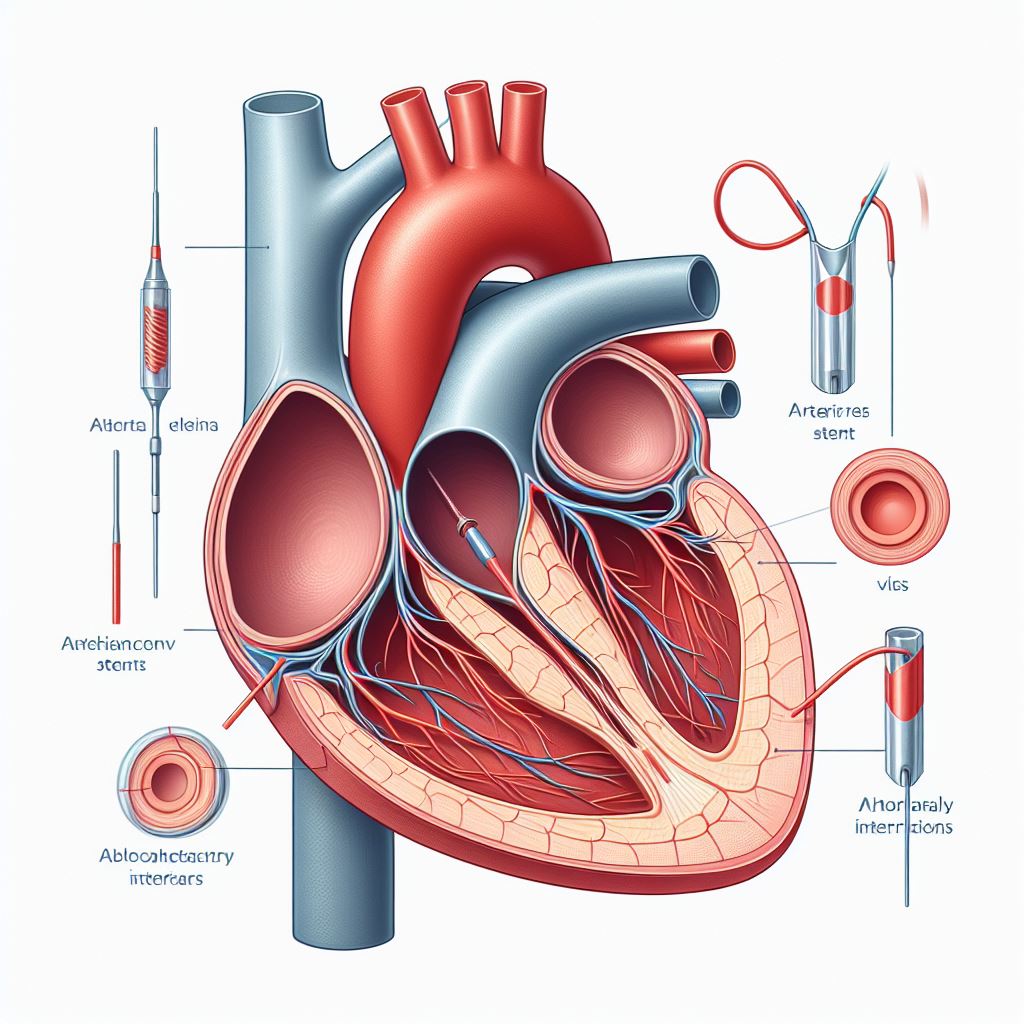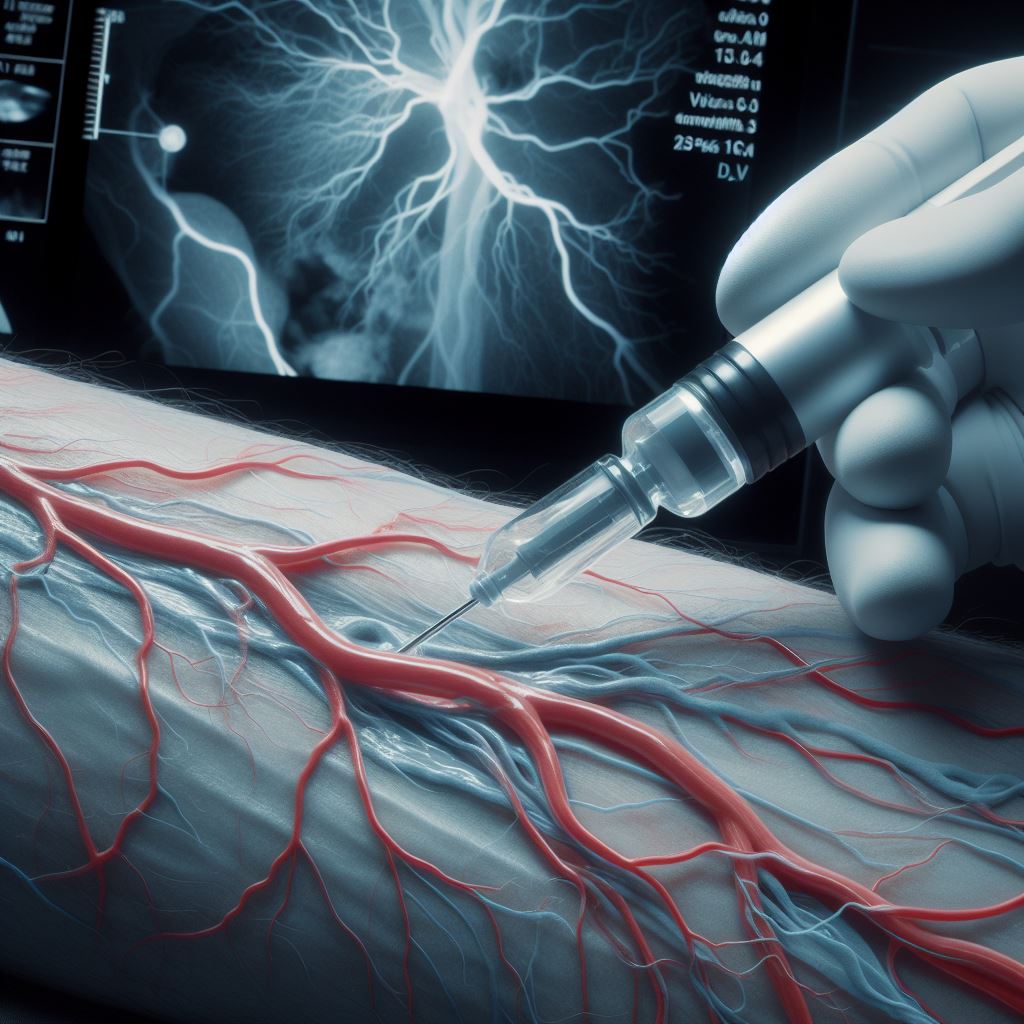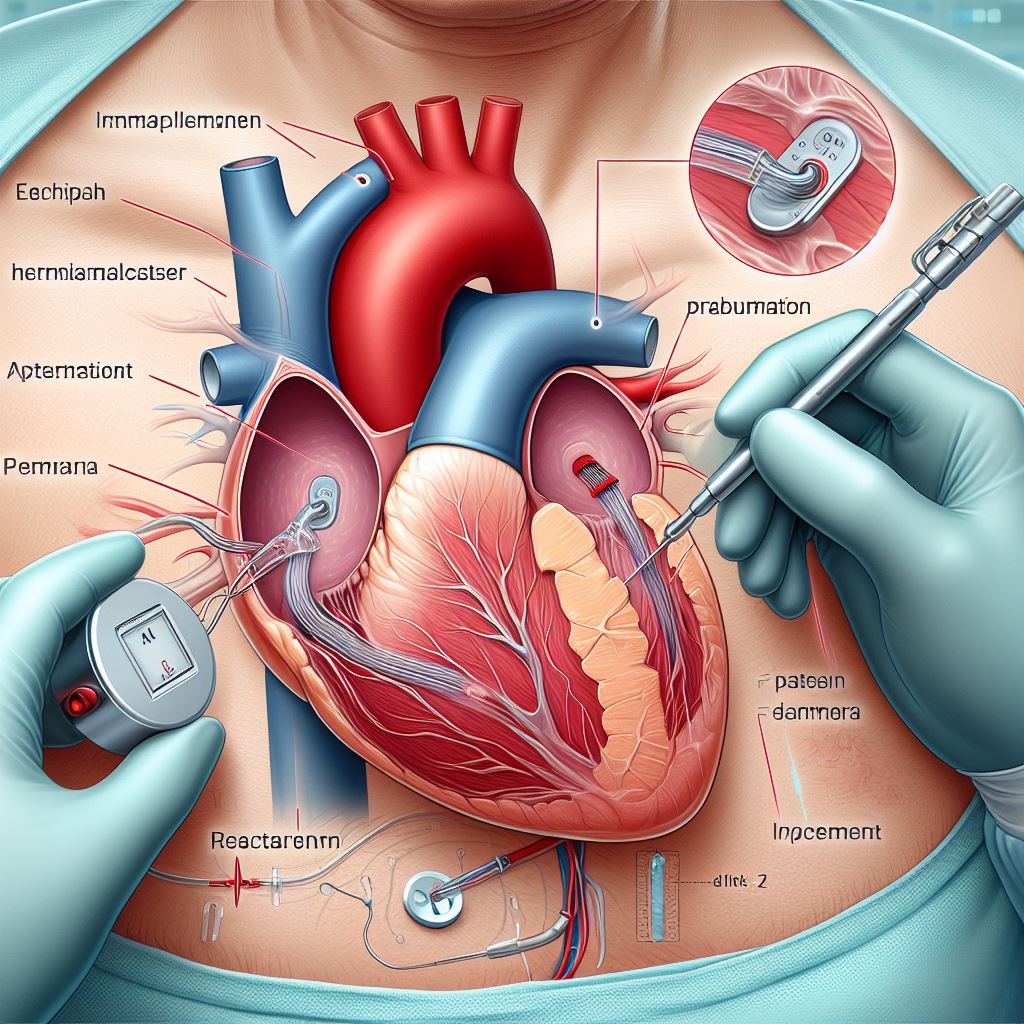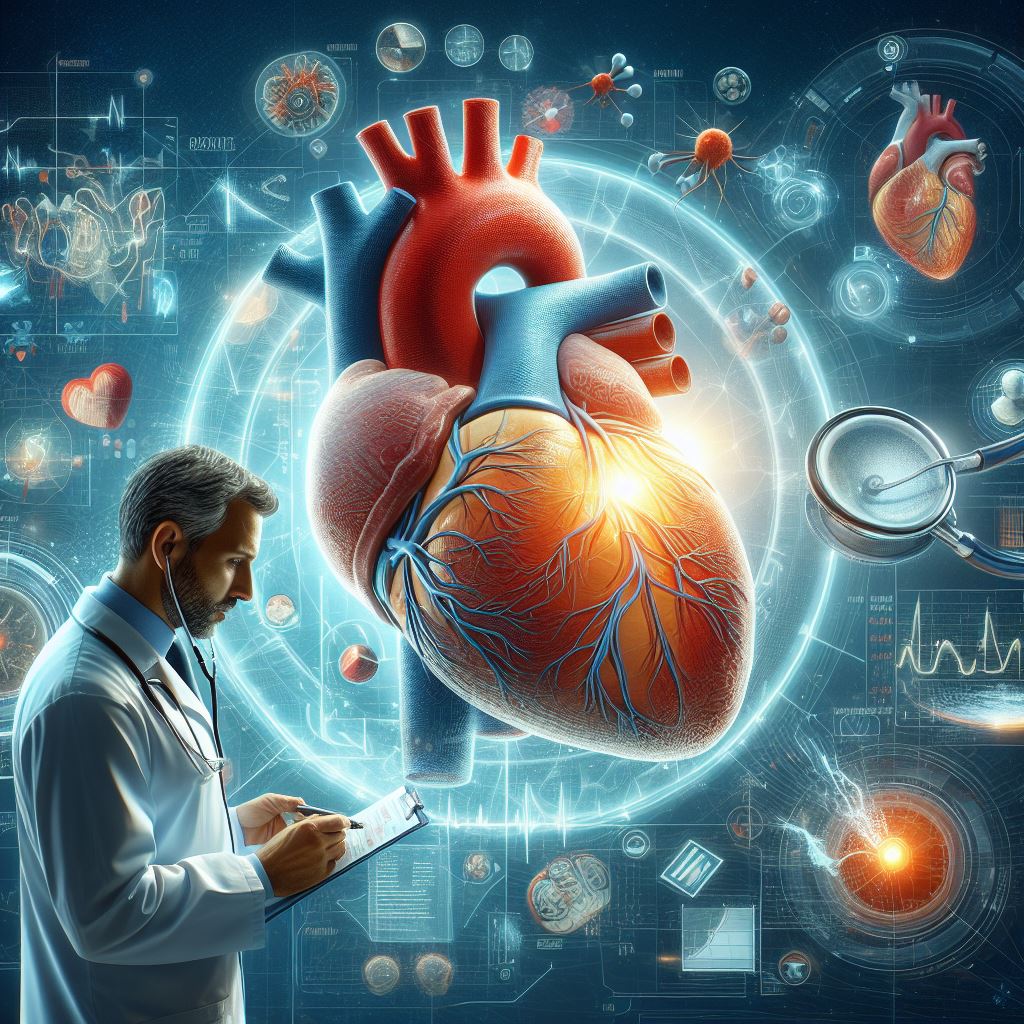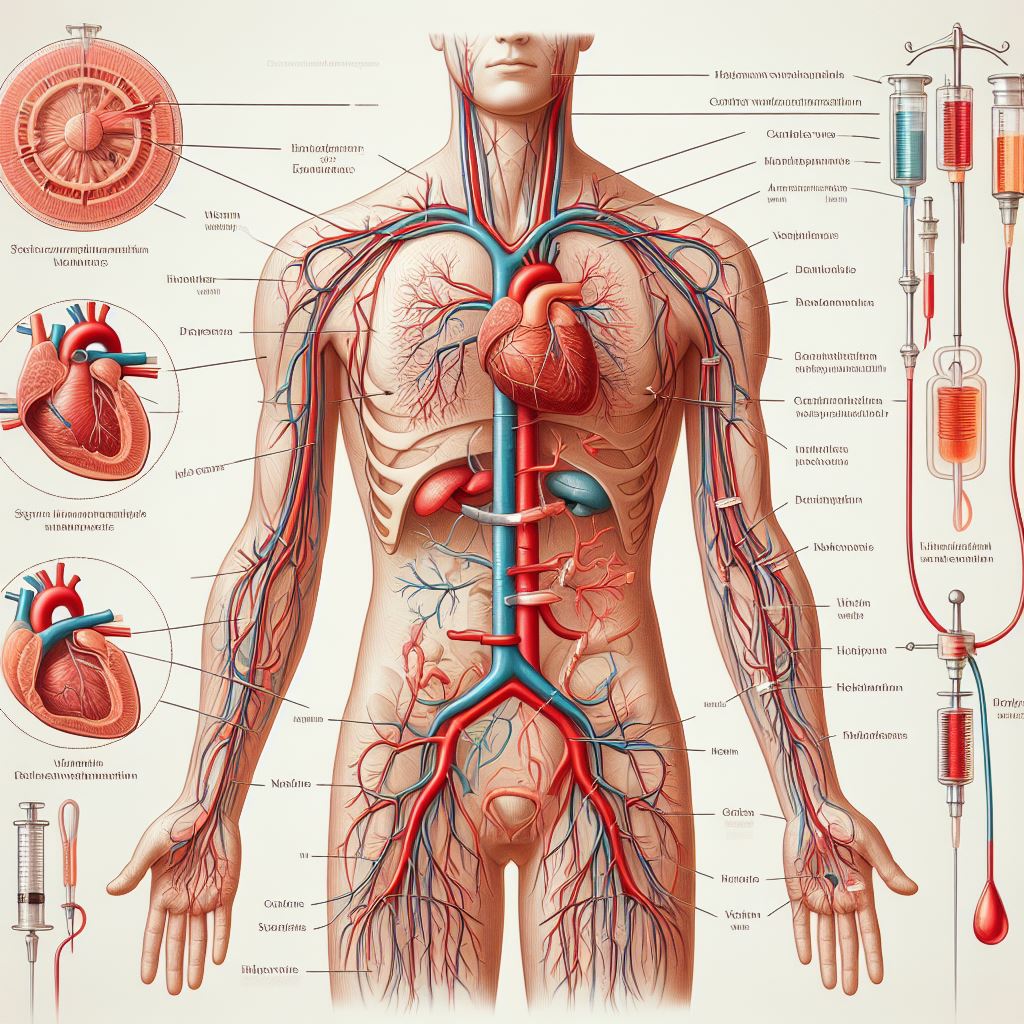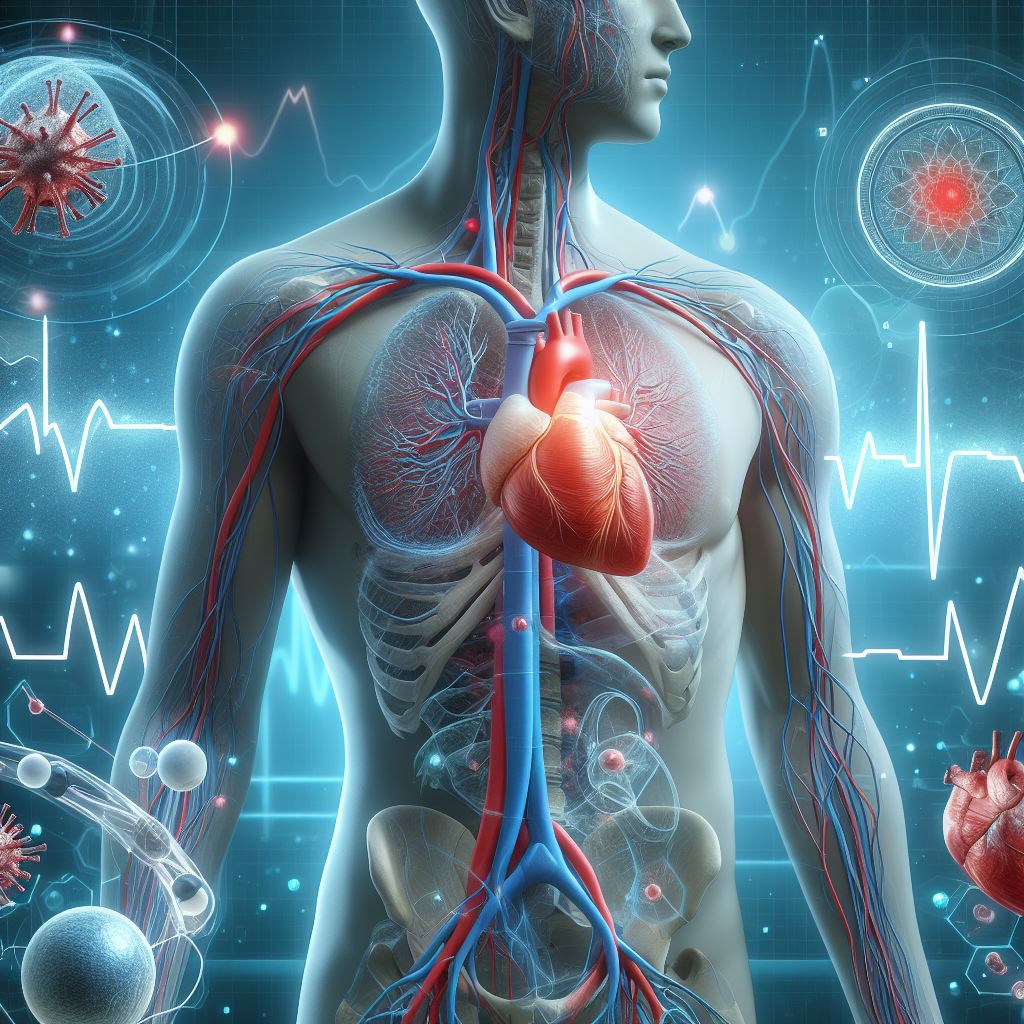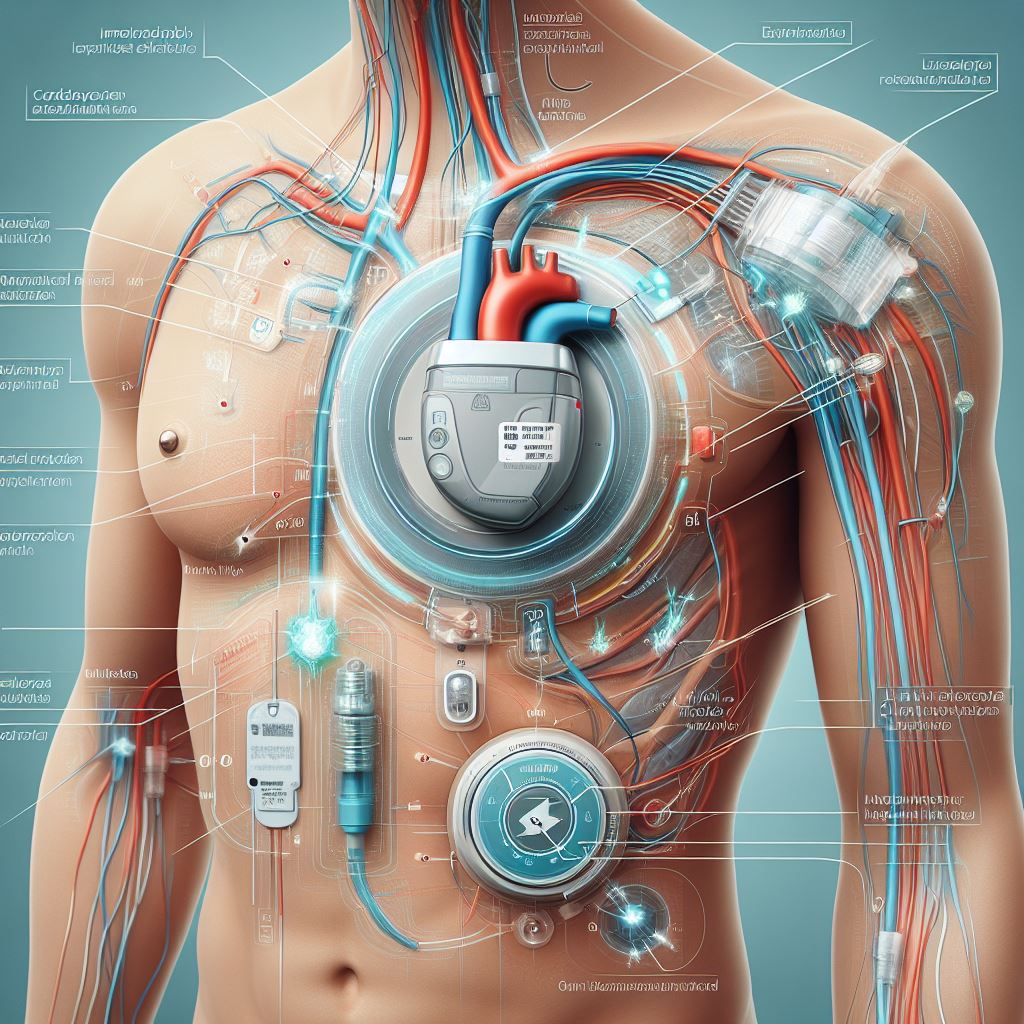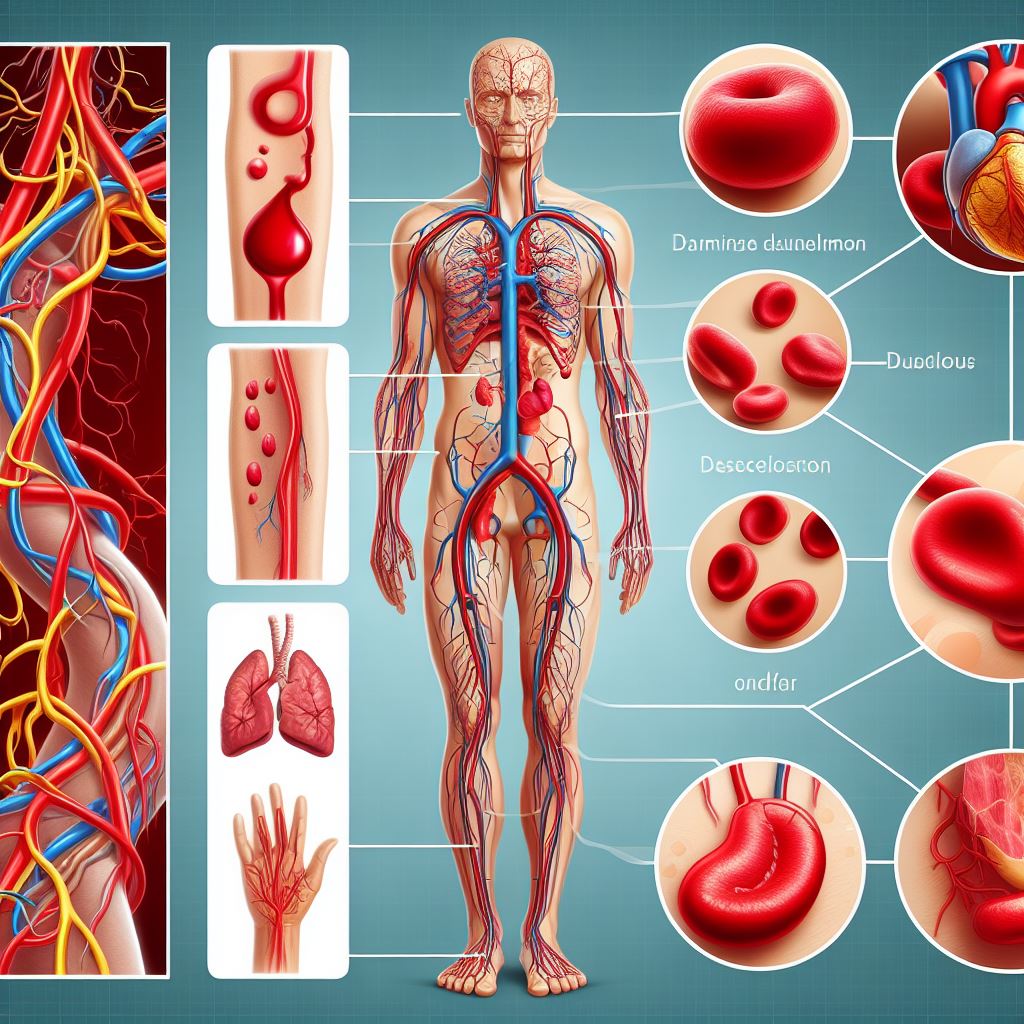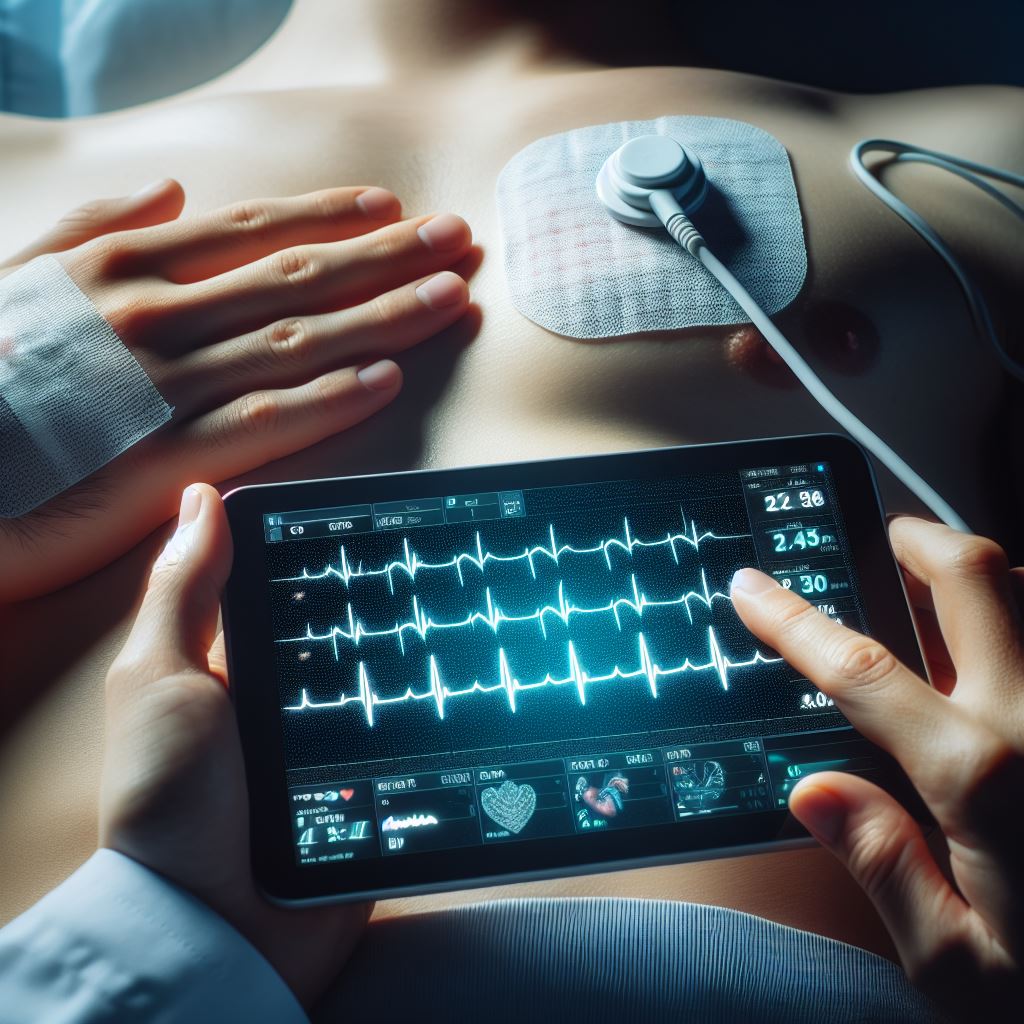
Electrocardiography (ECG)
Understanding Your Heart's Rhythm
Electrocardiography, commonly known as ECG or EKG, is a fundamental and
non-invasive medical test that plays a pivotal role in the diagnosis and
monitoring of various cardiovascular conditions. This test records the
electrical activity of the heart over a specific period, providing valuable
insights into the heart's rhythm and functionality.
Types of ECG
1. Resting ECG
The resting ECG is the most common type and is typically conducted while
the patient is in a relaxed state. This test serves as a baseline measurement
of the heart's electrical activity, helping healthcare professionals identify
irregularities or abnormalities in the cardiac rhythm.
2. Holter Monitor
The Holter monitor is a portable device worn by the patient for an
extended period, usually 24 to 48 hours. It continuously records the heart's
electrical activity, allowing for the detection of irregularities that may not
manifest during a brief visit to the healthcare provider. This type of ECG is
particularly useful in monitoring the heart over an extended period in the
patient's natural environment.
3. Stress ECG (Exercise ECG or Treadmill Test)
The stress ECG, also known as the exercise ECG or treadmill test, is
performed while the patient is engaged in physical activity. This type of ECG
helps evaluate the heart's response to stress and exercise, offering valuable
information about its performance under different conditions. Stress ECGs are
often employed to detect issues that may not be apparent during rest.
Procedure
The ECG procedure is a simple yet highly informative process that
involves the following steps:
1. Preparation
The patient is asked to lie down, and small electrodes, which are
essentially sticky patches with built-in sensors, are strategically placed on
specific areas of the chest, arms, and legs. These electrodes are essential for
capturing the electrical signals produced by the heart.
2. Recording
Once the electrodes are in place, they detect the electrical signals and
transmit them to the ECG machine. The machine then records these signals as
waves on a graph, creating a visual representation of the heart's activity.
3. Monitoring
Throughout the procedure, the patient is generally asked to remain still
and relaxed to ensure accurate readings. The monitoring process is entirely
painless, and patients often find it to be a straightforward and non-intrusive
experience.
4. Results
Following the recording, a healthcare professional analyzes the data to
assess the heart's rhythm and identify any anomalies or irregularities. The
results of the ECG provide crucial information that aids in the diagnosis and
formulation of appropriate treatment plans.
Risks and Benefits
Risks
While ECG is considered a safe procedure, there are some minimal risks
associated with it:
1. Skin Irritation
In some cases, individuals may experience mild skin irritation due to
the adhesive on the electrodes. However, this is usually temporary and resolves
without any medical intervention.
2. False Positives
There is a possibility of false positives, where the ECG results may
suggest abnormalities that do not actually exist. In such cases, further
testing may be required to confirm or rule out any underlying cardiac issues.
Benefits
The benefits of ECG far outweigh the minimal risks, making it a valuable
diagnostic tool in cardiology:
1. Early Detection
ECG is highly effective in the early detection of various heart
conditions, including arrhythmias, heart attacks, and other cardiac issues.
Early detection allows for timely intervention and management, potentially
preventing the progression of these conditions.
2. Non-Invasive
Being a non-invasive procedure, ECG poses minimal risks to patients. It
eliminates the need for surgical intervention, making it a safe and widely used
diagnostic method.
3. Treatment Guidance
ECG results provide valuable information that guides healthcare
providers in formulating appropriate treatment plans. Whether it's medication,
lifestyle modifications, or more advanced interventions, ECG data assists in
tailoring treatments to individual patient needs.
Recovery
For a standard resting ECG, there is typically no recovery time
required. Patients can resume their normal activities immediately after the
procedure. The adhesive used for the electrodes is generally well-tolerated,
and any skin irritation, if present, is temporary.
In the case of specific ECG tests,
such as stress ECG, patients may be advised to rest for a short period after
the test to allow their heart rate to return to baseline. However, this rest
period is usually brief, and patients can generally resume their usual
activities shortly after.







